Rebelle: Advancements in Painting Software Bring Me Back to Tradition
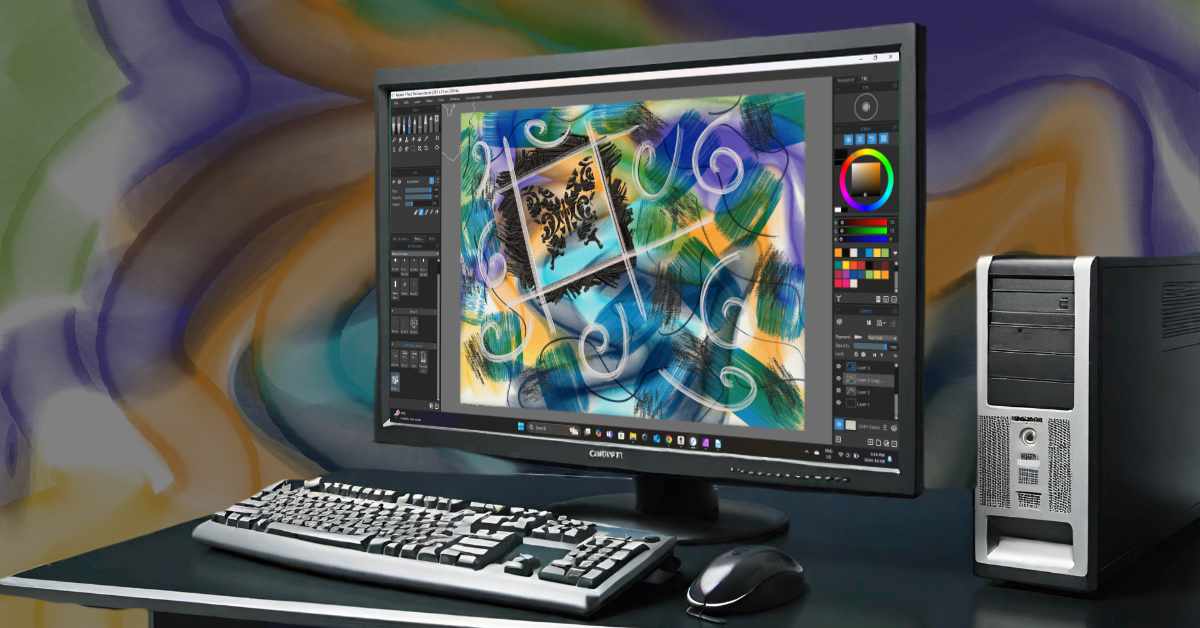
When it comes to digital art, I’ve always taken a self-taught approach. My background in layout and design has given me a solid foundation, and over the years, I’ve enjoyed experimenting and refining my process as a digital artist. For a long time, that felt like enough—I was content with exploring the limits of what I already knew. But recently, that changed.
Discovering Rebelle: Where Digital Meets Traditional
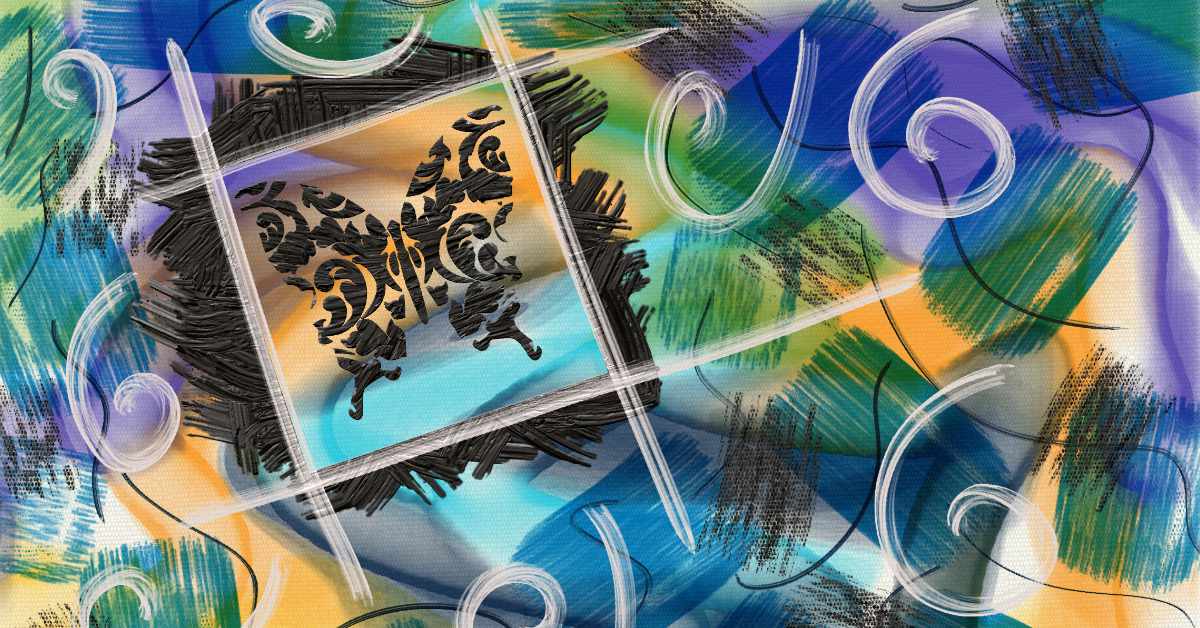
Enter Rebelle by Escape Motions, a painting software that’s unlike anything I’ve used before. This app doesn’t just replicate the look of traditional mediums like oil paint or watercolour; it actually behaves like them. The way the colours interact, the brushstrokes blend, and the “paint” reacts to the “canvas” or “paper” feels so authentic, it’s almost uncanny. It’s like holding a paintbrush but on a digital canvas. You’re not just simulating the result—you’re working with the same dynamics and challenges you’d find with traditional art supplies.
While I’m planning a full review of Rebelle at some point, this post is more about the unexpected side effect of using this tool: it’s sparked a desire in me to dig deeper into traditional art techniques.
Going Back to Basics in a Digital World
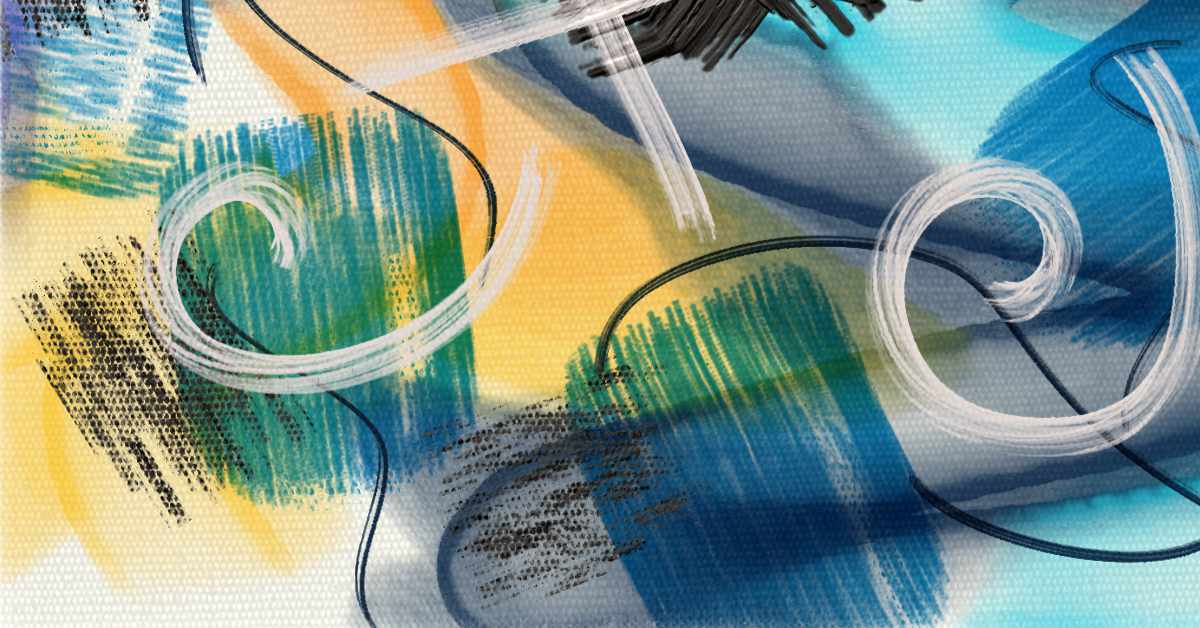
Oddly enough, despite working in this cutting-edge digital realm, I’ve felt the pull to go back to the basics. I realized that to get the most out of the tools in Rebelle, I needed to understand how real-world paints and techniques work. I found myself taking some online art masterclasses, workshops, and tutorials from professional artists. A few of them are from the Milan Art Institute, and I’ve been loving their masterclasses so far. I’m especially excited to dive into their mixed media course. YouTube’s also a goldmine for learning—you can go down a huge artistic rabbit hole on there!
It’s funny, really. We’re in this age where technology is always advancing, pushing us forward into new possibilities. Yet here I am, learning about something as old as oil paint. And you know what? It’s worth it.
A Continuous Learning Process
Art is a continuous process—there’s always something new to discover, whether you’re revisiting the past or embracing the future. This journey back to traditional techniques is just another way to keep growing as an artist, and it’s already enriching my digital work in ways I didn’t expect.
Why Digital Artists Should Explore Traditional Techniques
Whether you use Rebelle or not, I encourage all my fellow digital artists to consider learning from traditional art. There’s something invaluable in the techniques that have stood the test of time. They can not only sharpen your skills but also bring a whole new depth to your digital work. You never stop learning in art—and sometimes, the best way to move forward is by looking back.
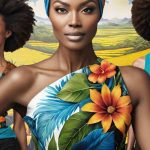




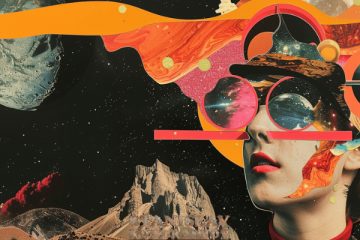
0 Comments